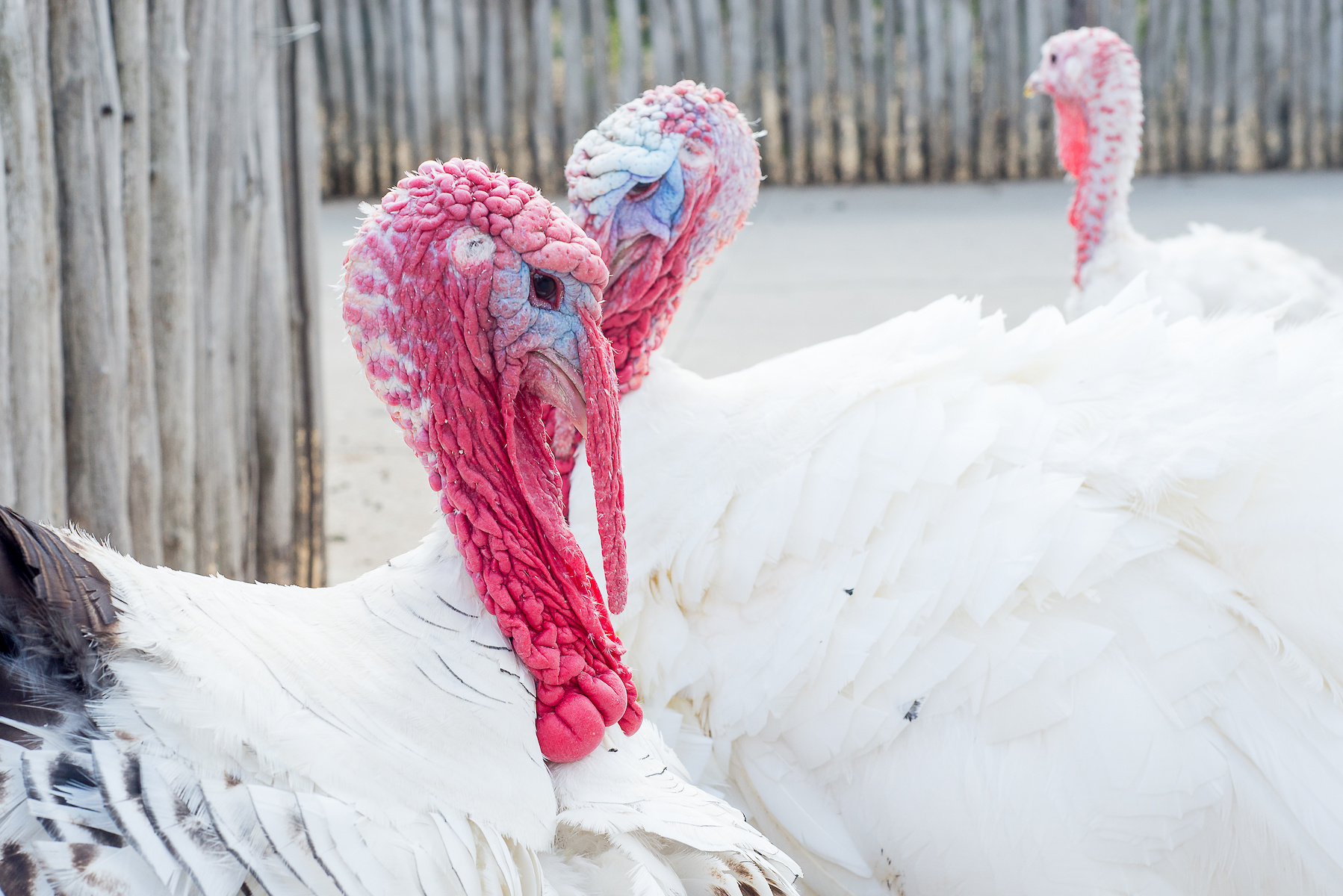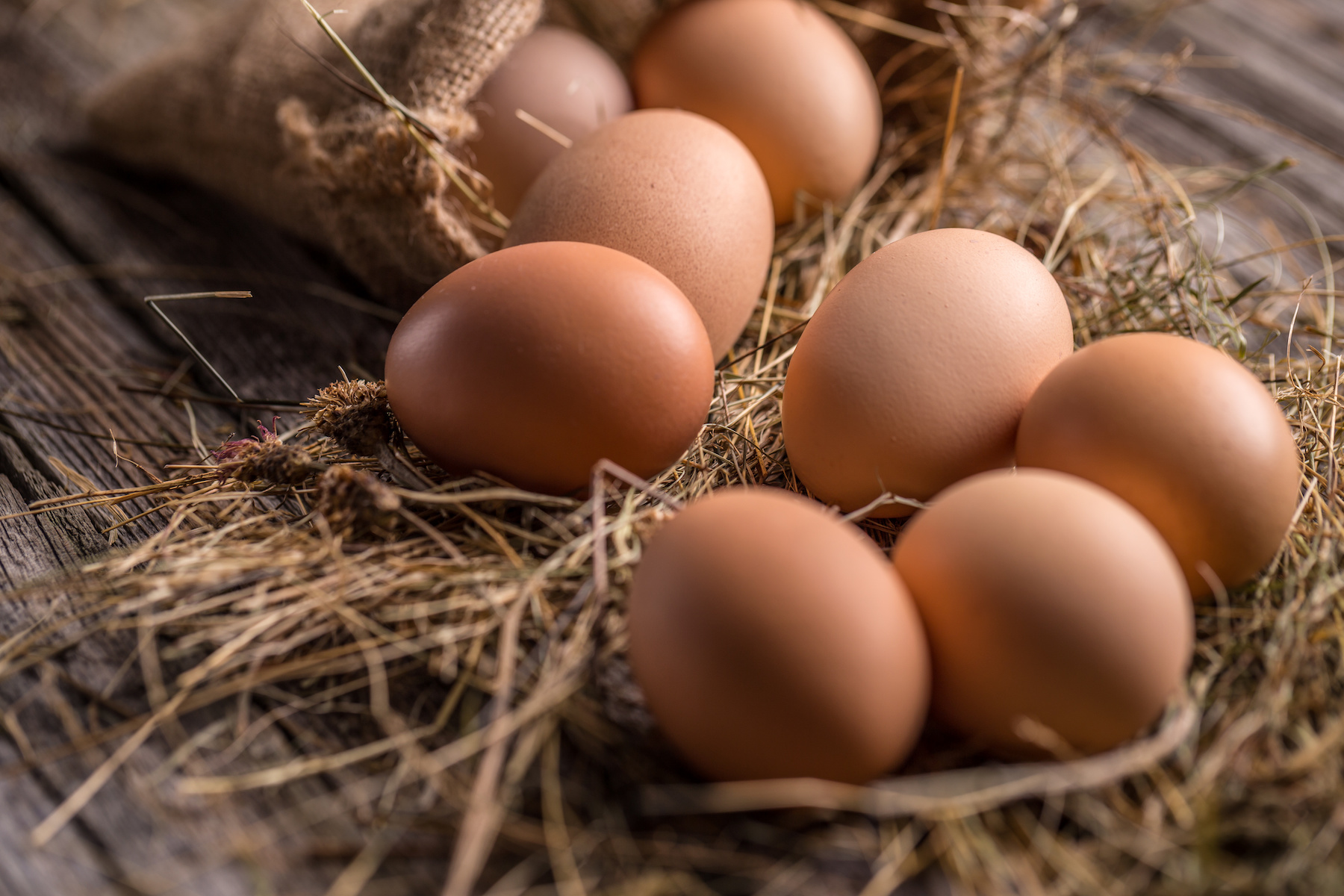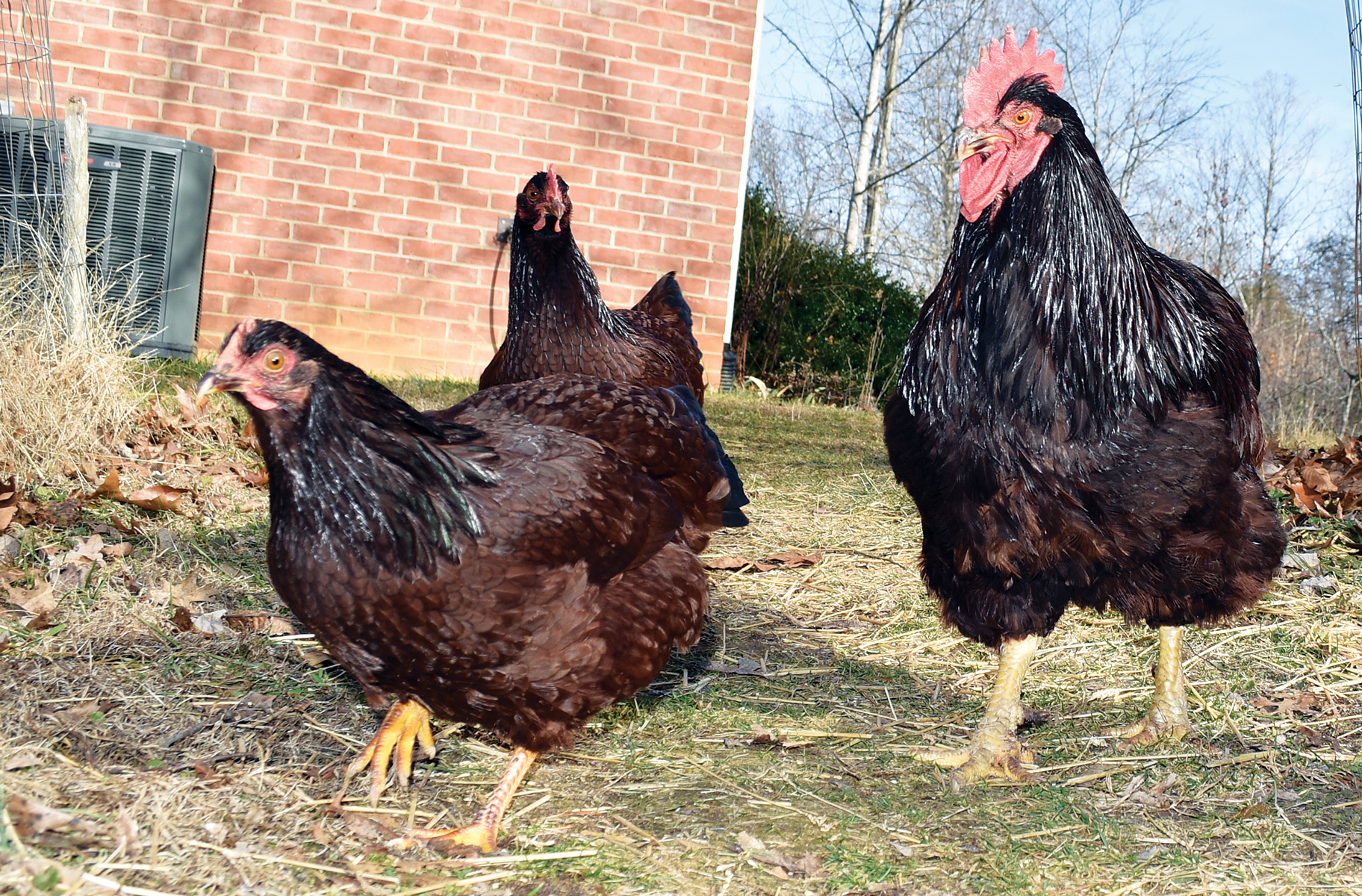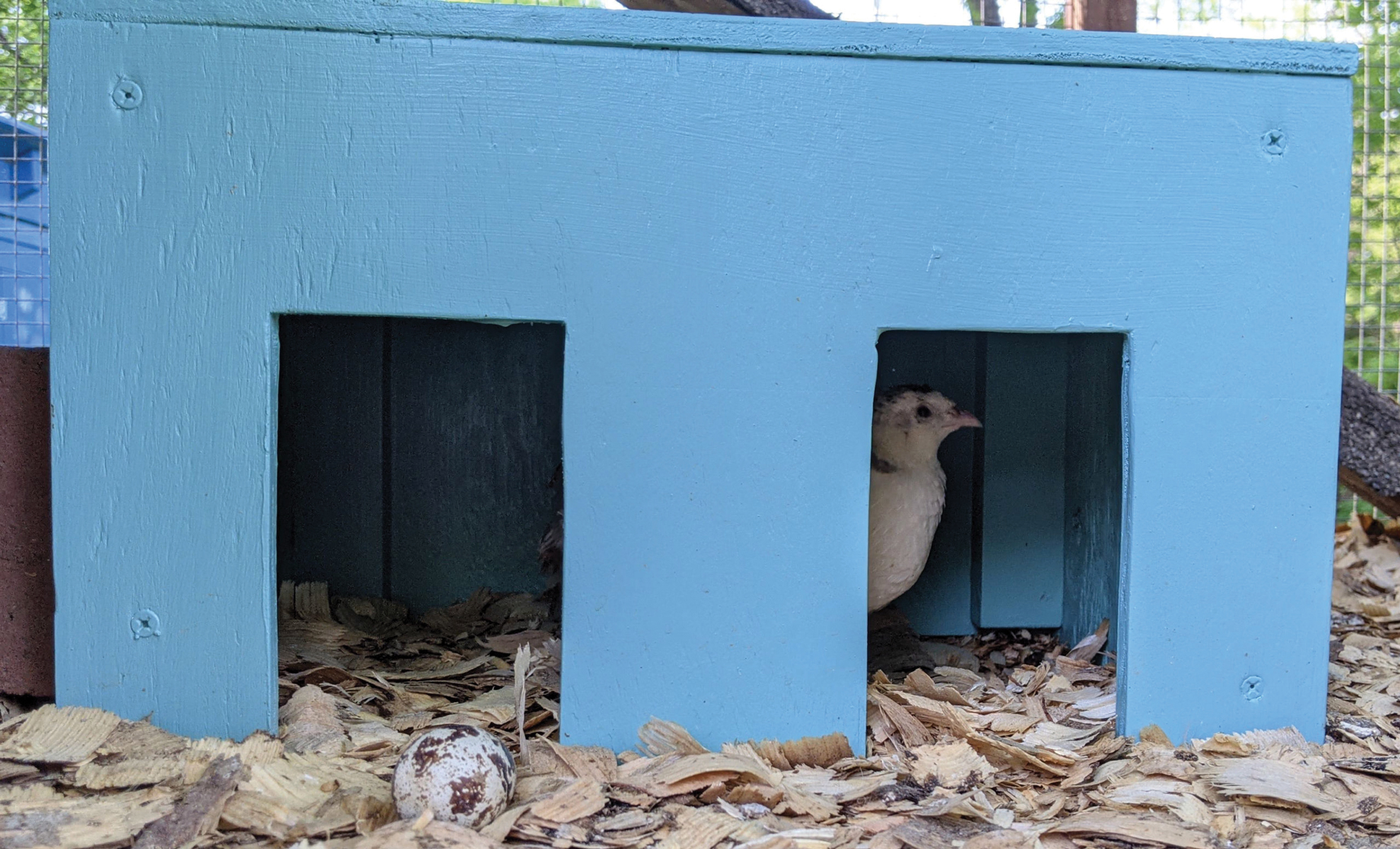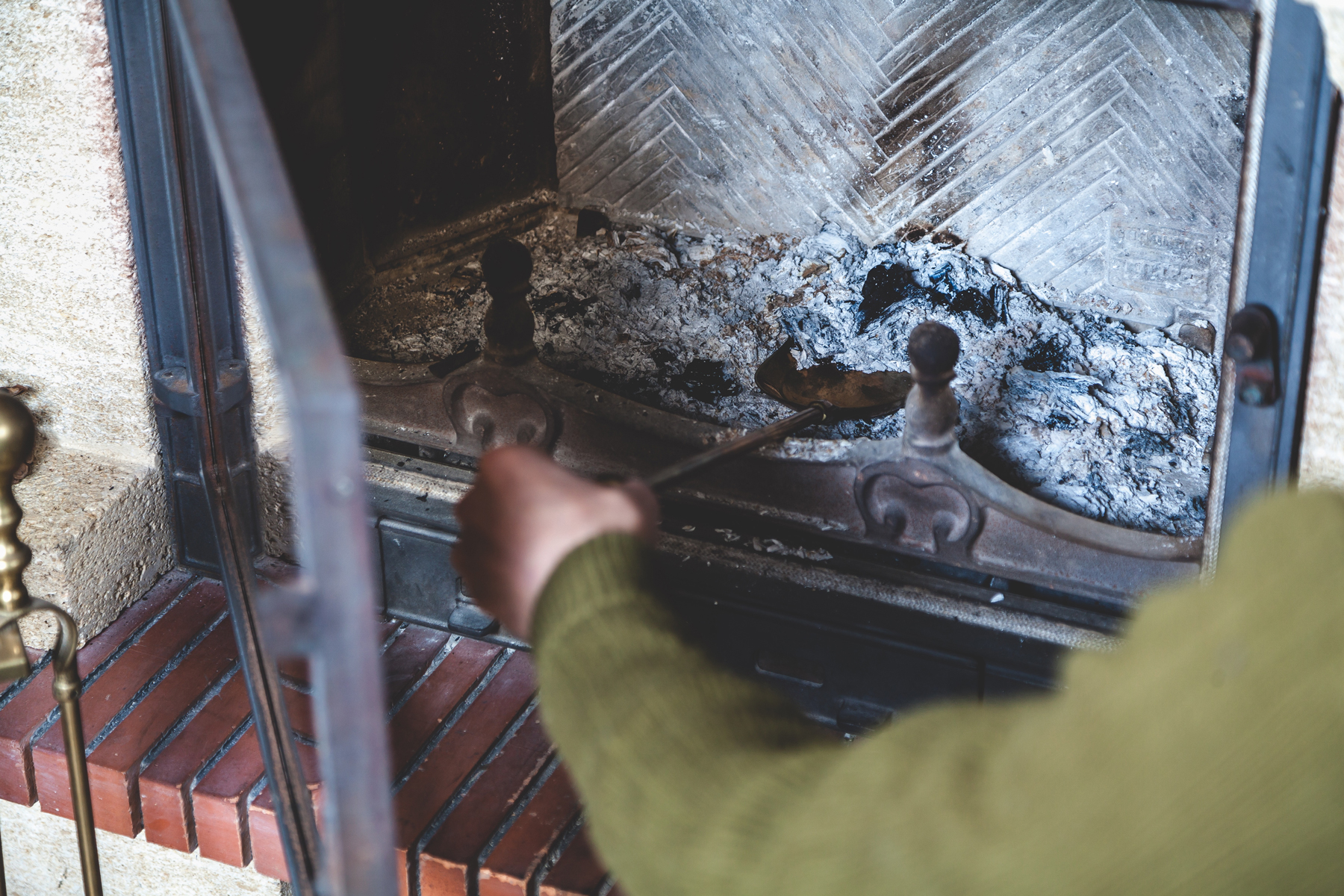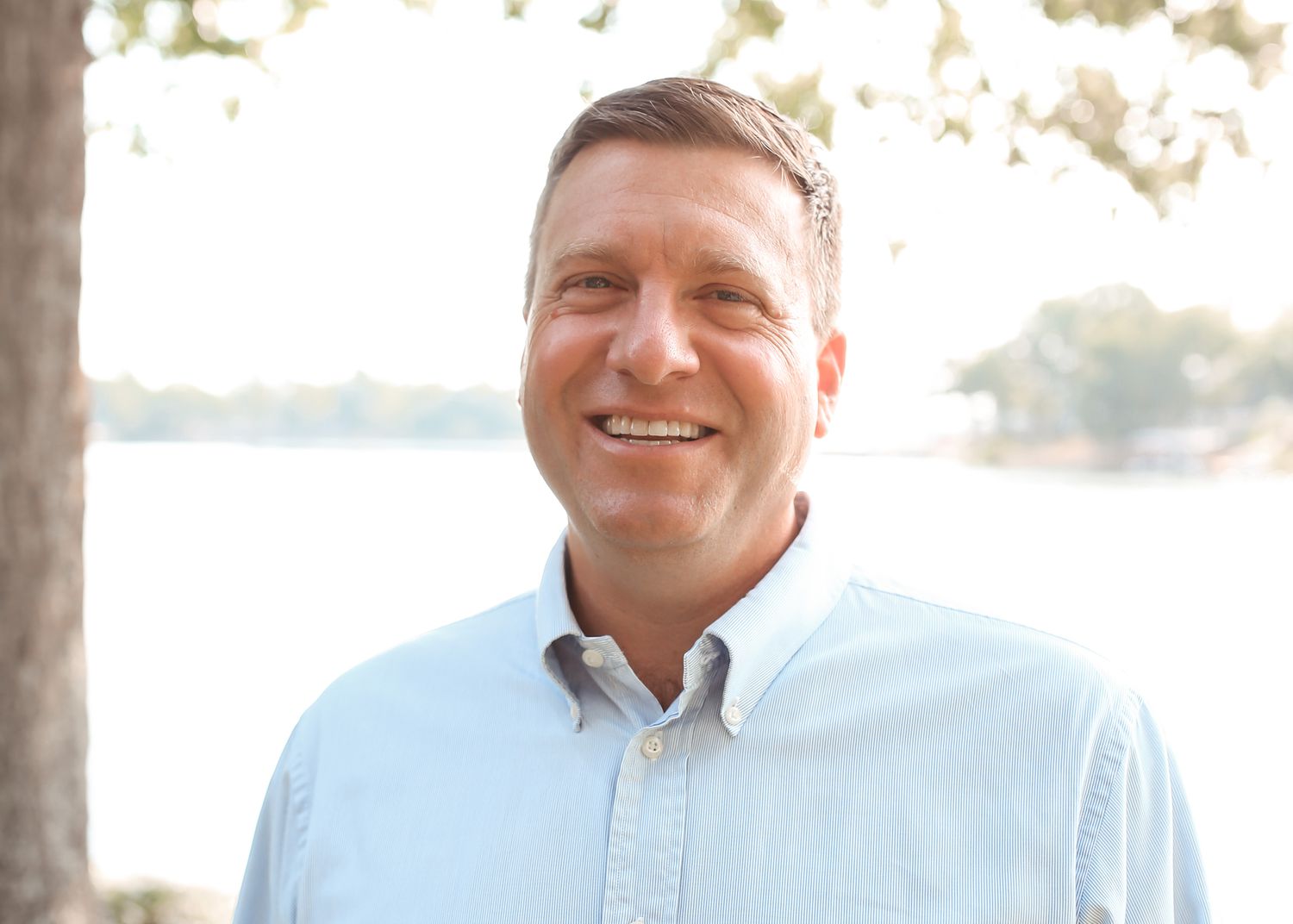Listen to the Podcast
Meet Kristopher Klokkenga
Kristohper Klokkenga farms 1,500 acres near Emden in central Illinois, about halfway between Peoria and Springfield. Around 85% of the cropland has been transitioned to organic, producing alfalfa, white corn, yellow corn, popcorn and soybeans.
Although he now farms in his home state, Klokkenga’s path took him around the world before bringing him back to Illinois. He lived, worked, and farmed in Ghana for seven years, experiencing a completely different type of agriculture than in the United States. After marrying his wife, he spent three years in her home country of Denmark before moving back to Illinois and starting his farming career there.
Kristopher Klokkenga
In Ghana, people were still putting three fish and a corn seed in the ground and hoping for a good result.
— Kristopher Klokkenga
Links
Transcript
Please note: This transcript has not been edited.
Lisa Foust Prater: Welcome to the 15 Minutes With a Farmer podcast from Successful Farming. I’m Lisa Foust Prater. Today’s guest host is my colleague, Adrienne Held. She has a chat with Chris Klokenge, an organic producer in Illinois who has also farmed in the African country of Ghana. In each episode, we share a quick 15 minute conversation with a farmer to hear their story and share their experience, expertise, and life lessons.
Adrienne Held: All right, well thank you Chris for being here today. I appreciate it so much. Can you share a little bit about your farm with me?
Kristopher Klokkenga: Yes, my family and I farm here in central Illinois in Emden, about halfway between Peoria and Springfield. And we farm about 1,500 acres of which about 85 % of that is organic. With that organic farm, we produce organic alfalfa, organic white corn, yellow corn, popcorn, and organic soybeans.
Adrienne Held: So you have quite a winding path that has led you to where you are. Can you share a little bit about some of your travel history and just how you ended up in your organic production?
Kristopher Klokkenga: I went to the University of Illinois and then took a job with Archer Daniels Midland Company as a grain merchandiser. I worked in Quincy, Illinois and in Cedar Rapids, Iowa. And at that time I felt like God was calling me to take a seminary education. And so I enrolled in Lincoln Christian seminary. My mother became sick with a rare blood bacteria. And through that process, I got connected. And when it was coming to an end, I continued to work for ADM on a part-time basis.
And then towards the end of my education, I started looking for opportunities and took a mission trip to Ghana in the spring of 2007 and found out that ADM was going to open a cocoa plant there. And later that year, I was offered a position to go and be a general manager in Ghana, West Africa at an oil seed processing plant, which was what my background was in.
Maps: Copyright Nations Online Project
So I went to Ghana in 2008 and worked there and I lived there for eight years. worked for ADM for two years and then left that organization in Ghana and started a farm on the Afram Plains in Ghana. yeah, we did a trial farm, a 40 acres under center pivot and grew two crops a year of yellow corn, number two yellow corn and did that.
And then in 2014, our project was starting to kind of wind down. I attended a church there and my pastor’s wife introduced me to, well, my wife went to church there as well and the pastor’s wife said, are you married? And she said, no, I’m single. She said, we’ve got a great guy in the church. so Christina, Donna introduced Christina to me and we went out on a date. She’s from Denmark and we got married then.
We were in Ghana together, and dated there and then got married in 2015 and I moved to Denmark. The project in Africa kind of wrapped up and, and then I lived in Africa. I lived in Denmark for three years. My main point, my main goal there was to learn the language so I can communicate with her family and try to understand a little bit of culture.
Then, in 2015, we began to think, okay, now that I’m, I’m married and the book is kind of closed in Ghana, you what are we going to do? And I had been introduced to two brothers who farmed from, from Northwest, Iowa. One was farmed in Ukraine and the other one in Brazil. And they said, you got to look at organic. And so that’s what we did. We started converting ground here in Emden in 2015. And this year I have another 160 that will come into production next year and then probably another 400 acres after that. That’s the road that has led me there.
Since we’re a smaller farm, it just is easier for me to try to produce a higher value crop and take time to do that. It requires more manpower, but I’ve been thankful that I’ve been able to have good people to work together with me on the farm. And that’s kind of how we’ve ended up into organic production here in Emden.
Adrienne Held: Can you share a little bit about how farming in Ghana is different than it is here in the United States?
Kristopher Klokkenga: In terms of farming, I mean, in Ghana, people are still putting three fish in a corn seed in the ground and hoping for a good result. There is use of a lot of synthetic fertilizers, urea, dap, and those are common fertilizers you can get there, but just understanding how to place them, how to use pesticides.
I was planting Pioneer corn. was planting a 140-day cumulative relative maturity corn. We were six degrees north of the equator. And in Ghana, we could plant on day one. It would come out of the ground on day three. Day 50, it would tassel. And by day 120, we were at 22 % moisture. But then there’s also, how do you manage pests in a place like that? And when you do have an outbreak, what do you use? And there’s just a lot of variables to deal with. Started by picking 22 acres. I think we started by planting half the pivot, or maybe it was the whole pivot. I don’t know. It took us 22 days to harvest by hand 40 acres.
And then we were picking it by hand, throwing it in a barge wagon, coming back to an ear sheller, throwing it through that, and then putting that in a dryer and drying it down, and then taking it out of the dryer and bagging it. We got a combine after the first season, and I was done in a day. I mean, it’s just, mechanization is huge. And one of the things that we had talked about before is just, you we don’t need, you don’t need a of great like, innovative things, you just need to be able to plant 30,000 seeds an acre and get them spaced adequately and put a little bit of fertilizer on them and people can grow really good crops there.
Adrienne Held: Yeah, for sure. It is definitely a different production system there. So thank you for sharing that. So when you came back and you started organic production, what were some challenges that you faced as you made that transition to organic?
Kristopher Klokkenga: Well, the first one is how do you combat weeds? When you grow up, when I grew up and started helping my dad, like in high school, maybe in the 90s, we would still row crop cultivate, but we would band all of our chemicals behind, we’d band with pre-emerge behind the planter and then we’d come back with another banding application and we didn’t do a lot of know, killing or broadcast weed spraying, but we just did it in a band. And so at least we were able to control the weeds in the row.
Just the weed control weed is the biggest robber of your yield in organic. so it doesn’t matter how good you’re, I mean, of course it matters how good, how much nitrogen you have down, how much manure you put down. But at the end of the day, it’s really about how well can you control your weeds? And that’s the biggest learning curve. My father started farming in 1969 and we took over the farm in 2019. so he just doesn’t like weeds and it’s fine. There’s just different economics that we have to work with and understand one another on how that can work in our situation.
And then finding markets. Where do you go? Who do you trust that will buy your grain and will actually pay you for it? I think a lot of times what happens is that you’ll find a startup company that might come in and say, we want to buy X amount of tons of whatever crop or commodity they’re looking for.
It’s all fine, but you have to work with trusted people that you know are established and that are in the market and that you’ll deliver the grain to them and you get a check the next week. And so that’s probably the biggest challenges for me are clean fields, trying to keep your fields clean, which requires manpower, a diesel fuel and a tractor, and then having good people to conduct business with that are going to be able to, you’re being able to earn money. And then I guess one other thing that probably doesn’t get talked about a lot in the United States is just this, they call it organic. A lot of soybeans come into the country, but they might not be organic, but they come in as organic. And so how do you stop maybe fraud from happening from a really, that’s a very macro level that I’m talking about, so those are three things that are concerning to me or that have been challenges to get up in the organic farming space.
Adrienne Held: So you mentioned that you have another hundred and some acres coming in from transition. What does transitioning look like and what does that process involve?
Kristopher Klokkenga: Well, transitioning means you’re taking your field from your last applied, let’s say that your last synthetic applied date. And so I can give you, I’ll just give you an example. If you take a farm and you say, well, it can either be a chemical application or a fertilizer application. For me, it’s usually a fertilizer application. And let’s say that I harvest my corn in September and on the first of October I go and apply P and K on the soil and I’ll put down some AMS for some nitrogen and then I’ll typically do a winter wheat is my first year crop because it’s just easy to manage. can go ahead and plant it in the fall. It grows over the winter. It does a really good job of maintaining wheat control. so year one, say that your last date is October 1st and then my next rotation would be wheat beans after wheat and then I’d plant another soybean crop. year two, the soybean crop goes in. Year three, I can call that those two crops have to be sold as non-GMO crops. so that is another challenge that you have with organic is that you’re growing it and managing it organically, but you’re getting paid a conventional price. And let’s say a conventional price right now would be, let’s say maybe $12 a bushel for non-GMO beans, and you’d be looking at something like 18 for organic beans. And so you take a pretty good hit there at $6 a bushel, and that is probably limiting.
It’s a barrier to entry for a lot of people and you have to just be willing to find, have to be economically sound enough to be able to make your way through that. Then, so you have year one is wheat, year two is soybeans, year three, if you harvest that crop, year three it is not, year three can be organic as long as it’s harvested after the first of October. And so when that corn comes in first of October, you’ve managed it organically, you can sell that third crop as organic and then you just continue to manage it. And typically there are some organic applied fertilizers that a person can use, but for the most part we manage everything with manure.
Adrienne Held: So markets have taken a downturn for conventional growers here recently. Have you experienced a similar drop in price with organic?
Kristopher Klokkenga: Yes, yes we have. I mean, we’ve seen here two years ago, organic corn was selling for $14 a bushel. And I just pulled up an email yesterday in the morning from one of the reputable company that deals with organics. Their bid for organic corn here is $6 for the fall. And so we’ve gone from 14 two years ago to probably, you probably could have gotten seven or $8 for feed corn and now you’re at six. So, you know, how does one, how do you, I don’t know how you justify that or how do you think about that in your mind, but for me it’s okay. It’s better than conventional and it’s just really about trying to get as many bushels as you can out of it to try to make things work. is not easy right now.
Adrienne Held: Yeah, no, not for anyone. Do you have any advice for someone that might be interested in inorganic production, where to start and how to transition?
Kristopher Klokkenga: Yeah, I guess I would just say, you know, start small, try, give it a try. I’ve worked with some guys from, let’s see, Eastern Illinois, and they give me a call every once in a while, but they started small. If you have the time, it’s a huge time commitment. And so it’s like you start planting or start working your ground and you work here, you’re way busier. You just have to be ready for that because it’s, you can’t go out with 120 foot boom and drive 14 miles an hour and solve all your problems, solve 80 acres in an hour. It takes a long time to make that happen. But if you have the patience and you are willing to try it, it can, it can be good.
You need to have some on-farm storage or some bins that you could rent to make sure that you can identity preserve things. It’s hard to get things moved off the farm. I’m right now we’re harvesting somewhere around 20% corn and the elevator that the end user wants it to be 14-1/2. And so you need to either have, we do all in-bin drying with high volumes and some low temperatures. But you just have to kind of try to start with a, make sure you understand the big picture, but don’t be afraid to get your feet wet and try it.
Lisa Foust Prater: Thank you for listening. Open the November issue of Successful Farming to read more about Kris or visit us online at agriculture.com for more interesting features and news for your farm.
